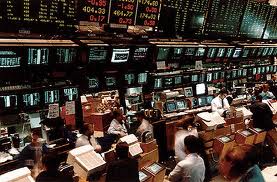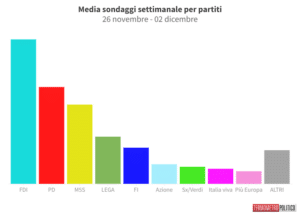Un omaggio postumo a Paul Samuelson

Un omaggio postumo a Paul Samuelson

Non faccio parte della categoria degli economisti, capace solo di intuire, neppure compiutamente, quanto questa disciplina conti per la vita di tutti oltre che per le politiche economiche che ogni nazione adotta. Ho fatto il mio esame di Economia all’Università di Perugia studiando sul testo di Paul Samuelson “Economia” nell’edizione del 1967 che ancora conservo.
[ad]Paul Samuelson è morto all’età di 94 anni alla fine di una vita ricca di risultati tra cui il Premio Nobel 1970. Di certo è stato una figura eminente nella storia delle discipline economiche, un innovatore, uno di coloro che introdusse la matematica nello studio dei fenomeni economici. Voglio rendergli omaggio riportando da econlib un articolo che lo riguarda. Non breve, ma brevissimo per poter davvero dire tutto quanto sarebbe utile di questo economista.
“More than any other economist, Paul Samuelson raised the level of mathematical analysis in the profession. Until the late 1930s, when Samuelson started his stunning and steady stream of articles, economics was typically understood in terms of verbal explanations and diagrammatic models. Samuelson wrote his first published article, “A Note on the Measurement of Utility,” as a twenty-one-year-old doctoral student at Harvard. He introduced the concept of “revealed preference” in a 1938 article. His goal was to be able to tell by observing a consumer’s choices whether he or she was better off after a change in prices, and indeed, Samuelson determined the circumstances under which one could tell. The consumer revealed by choices his or her preferences—hence the term “revealed preferences.”
Samuelson’s magnum opus, which did more than any other single book to spread the mathematical revolution in economics, is Foundations of Economic Analysis. Based on his Harvard Ph.D. dissertation, this book shows how virtually all economic behavior can be understood as maximizing or minimizing subject to a constraint. John R. Hicks did something similar in his 1939 book, Value and Capital. But while Hicks relegated the math to appendixes, “Samuelson,” wrote former Samuelson student Stanley Fischer, “flaunts his in the text.”1 Samuelson’s mathematical techniques brought a new rigor to economics. As fellow Nobel Prize winner Robert Lucas put it, “He’ll take these incomprehensible verbal debates that go on and on and never end and just end them; formulate the issue in such a way that the question is answerable, and then get the answer.”2
Samuelson is among the last generalists to be incredibly productive in a number of fields in economics. He has contributed fundamental insights in consumer theory and welfare economics, international trade, finance theory, capital theory, dynamics and general equilibrium, and macro-economics.
Swedish economist Bertil Ohlin had argued that international trade would tend to equalize the prices of factors of production. Trade between India and the United States, for example, would narrow wage-rate differentials between the two countries. Samuelson, using mathematical tools, showed the conditions under which the differentials would be driven to zero. The theorem he proved is called the factor price equalization theorem. In finance theory, which he took up at age fifty, Samuelson did some of the initial work that showed that properly anticipated futures prices should fluctuate randomly. Samuelson also did pathbreaking work in capital theory, but his contributions are too complex to describe in just a few sentences.
(per continuare la lettura cliccare su “2”)
Pubblicità
Partecipa al nostro sondaggio!

Speciale referendum. Fai sentire la tua voce